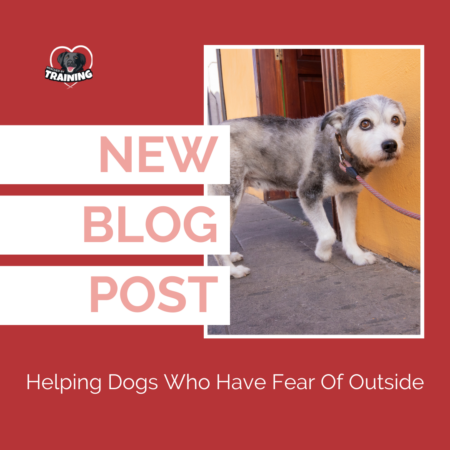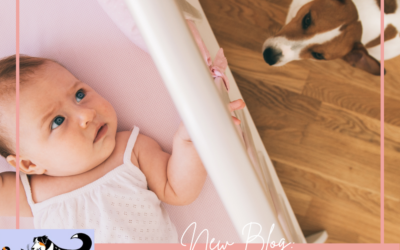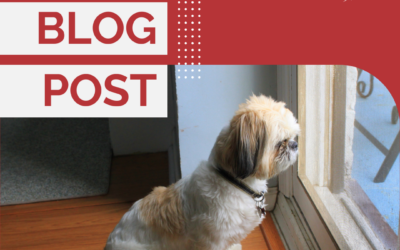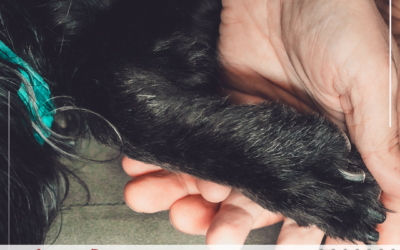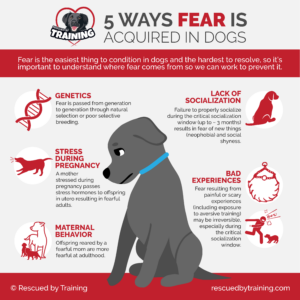 I have many clients that find themselves to me because their dog, whether newly adopted from a rescue or purchased from a breeder, discover their dog is afraid of being outside. This is especially prominent in dogs who come from quiet rural settings and then find themselves living in a big urban environment like NYC or DC. During Covid I wrote a 4 part blog series, my Fear in Dogs series which reviewed all the various ways dogs can acquire fear. I also have my free downloadable infographic that you can download on my Free Downloads page.
I have many clients that find themselves to me because their dog, whether newly adopted from a rescue or purchased from a breeder, discover their dog is afraid of being outside. This is especially prominent in dogs who come from quiet rural settings and then find themselves living in a big urban environment like NYC or DC. During Covid I wrote a 4 part blog series, my Fear in Dogs series which reviewed all the various ways dogs can acquire fear. I also have my free downloadable infographic that you can download on my Free Downloads page.
Being comfortable outside is a learned skill and one that is often missed during the critical socialization window as people are sometimes given outdated, dangerous advice to not take their young puppy outside before all their vaccines. This is not the current advice from behavior professionals and vets who specialize in behavior, yet many vets, rescues and breeders still give this guidance. Yes, your puppy can go out before all their vaccines.
When we have a dog who is afraid of being outside we need to carefully help them learn to be safe outside. The most important part of helping a fearful dog is helping them feel safe and never forcing them to do anything they are not consenting and willing to do. Fear is how animals instinctively avoid injury, disease and even death. So forcing your dog to be outside when they’re afraid will not teach them to “just get used to it” but could actually have longer lasting effects on their behavior and their relationship with you. Forcing them into a scary situation is NOT socialization and will not help them to be less afraid. Proper socialization ensures the dog feels safe at all times, is never forced or tested to see if they can “deal with it” and is always given the chance to say no and leave.
I’ve presented on this topic several times and it’s a common client concern. You can read one such case study I did here.
So how do we help a dog who is afraid outside?
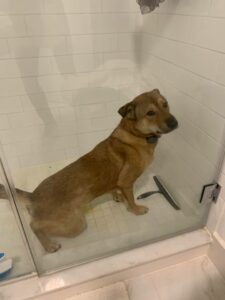 First, we suspend walks and instead create a safe space for potty. This can indoor potty pads, a backyard that is safer than the street, a potty patch on a terrace (this is a client of mine, Bisca in Portugal), training a dog to potty in a walk in shower (Arnie, a meat market rescue I worked with) or using a car or other way to transport the dog (stroller, bag) to a safer environment like a green space/park for outings.
First, we suspend walks and instead create a safe space for potty. This can indoor potty pads, a backyard that is safer than the street, a potty patch on a terrace (this is a client of mine, Bisca in Portugal), training a dog to potty in a walk in shower (Arnie, a meat market rescue I worked with) or using a car or other way to transport the dog (stroller, bag) to a safer environment like a green space/park for outings. 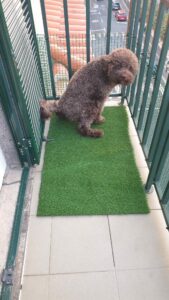 Remember, this isn’t permanent – just while we’re working on helping the dog learn to be less afraid outside.
Remember, this isn’t permanent – just while we’re working on helping the dog learn to be less afraid outside.
Proper socialization ensures the dog feels safe at all times, is never forced or tested to see if they can “deal with it” and is always given the chance to say no and leave. When we orchestrate safe, predicable interactions and pair it with high value food (like meatballs) then we start to change how that dogs feels in that situation.
Next, we can begin training some basic skills that we’ll be able to use later on. My standard cues I look to train are Touch and Find It, both as ways to get the dog moving on through spaces on their own and as a way to move the dog from point A to B without using any physical force to move the dog.
While working on these basic skills the next most thing is always moving at the dog’s pace, letting them determine comfort levels and having choices. The dog is the learner so we must follow their lead and go at their pace of learning, even if we the human want things to move more quickly. Progress is NEVER linear. And it’s important you’re following a detailed, incremental training plan that gradually makes the learning more difficult and provides a measurable way to know that the dog is learning what you’re teaching, with varying distractions and in different environments with different triggers. A competent, qualified trainer will always detail a training plan for you.
It’s also a good idea to get a vet check to ensure there’s no medical issues contributing to behavior like pain/mobility, GI issues, pain/UTI/crystals/stones or sound sensitivity and to discuss the possibility of using pharmaceutical anti-anxiety medication, if appropriate. Medication can be very helpful for fearful dogs, even if it’s only temporarily to help them learn the world isn’t so scary.
Remember, fast is slow. These cases often take months or years to fully resolve. Bisca, the little lagotto in the picture above on her terrace potty patch, graduated from training recently after nearly a year of training and check-ins, and her parents left a lovely review to show you a little about the process. With hard work, tight management, meeting the dog’s needs in other ways, enrichment and medication, we can make progress.
We knew within a month of receiving our Lagotto Romagnolo puppy that something was seriously wrong, and had no idea how to help her. Kate LaSala worked MIRACLES with our fearful dog by training US. A year ago our 6 month old, Bisca, refused to go outside. We were literally carrying her out the door in our busy city neighborhood. There she would freeze, unwilling to take a single step, too fearful even to urinate, or she’d scramble in panic, ranging back and forth like a maniac, straining pitifully at the end of her leash in efforts to escape people walking by on the sidewalk, passing traffic, unfamiliar noises, even things flapping the breeze. She was absolutely terrified of everything but other dogs (loves other dogs) and us, her people. After working closely (via Zoom, email and text, as we’re in Portugal!) with Kate for the past several months, Bisca walks happily to the park every day where she romps in playful abandon with the other dogs and approaches people, even people she doesn’t know, for petting and treats! At home when the doorbell rings Bisca wags her entire back end furiously, pushing to the door to be first to greet whomever has arrived! The change that has resulted from Kate’s training plan is nothing short of astounding. We’ve had other dogs. Thought we knew dogs and how they think. We knew nothing. Thank God we found Kate. (Bev & Robbie, Portugal)
If you have a fearful dog, I encourage you to get started training soon. Reach out for help and your consult today!
Happy training!
![]()

